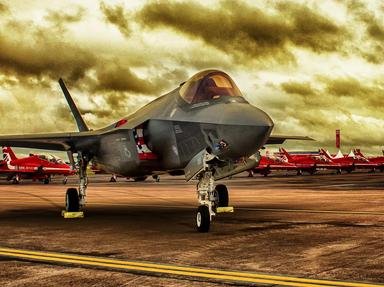Quiz Answer Key and Fun Facts
1. The Parachute Regiment
2. The Royal Anglian Regiment
3. The Royal Regiment of Fusiliers
4. The Royal Irish Regiment
5. The Princess of Wales's Royal Regiment
6. The Royal Gurkha Rifles
7. The Royal Welsh
8. The Royal Regiment of Scotland
9. The Yorkshire Regiment
10. The Duke of Lancaster's Regiment
11. The Rifles
12. The Mercian Regiment
Source: Author
Red_John
This quiz was reviewed by FunTrivia editor
trident before going online.
Any errors found in FunTrivia content are routinely corrected through our feedback system.
